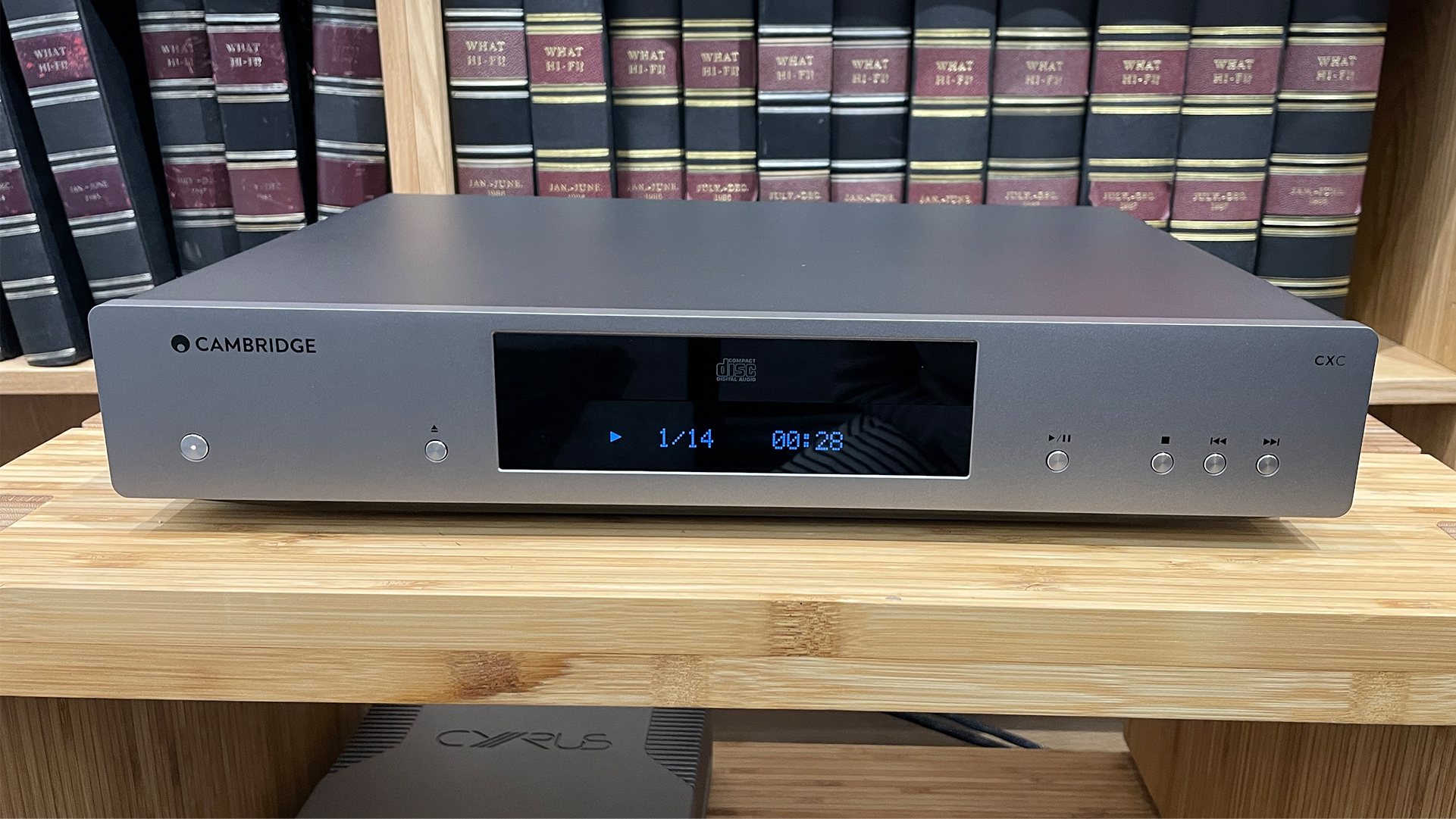What Hi-Fi? Verdict
If you already have a good DAC and want to give your CDs some love, this elegant Cambridge Audio transport will slot neatly into your existing system
Pros
- +
Smooth, open and enjoyable sound
- +
Good rhythm and musicality
- +
Nicely made
Cons
- -
It requires an external DAC to become a CD player
Why you can trust What Hi-Fi?
The Cambridge Audio CXC is a CD transport rather than a CD player, which means it does the vital work of reading the information held on a compact disc, but doesn’t waste its effort in turning that digital signal into an analogue output. You’ll need a separate DAC for that second job.
As with many pieces of standalone hi-fi kit, the theory goes that using separate pieces of kit to do individual jobs will almost always provide a superior sound. This, it seems, is the case with the Cambridge Audio CXC.
We first reviewed this CXC transport when it originally launched in 2015, and it scooped up a five-star review and a 2015 What Hi-Fi? Award win for Best CD transport under £500. Almost ten years since then, the CXC is still in production and still recommendable. We have updated our original review to reflect the current price, and listened to the CXC with new pairings and made comparisons with newer models.
Price
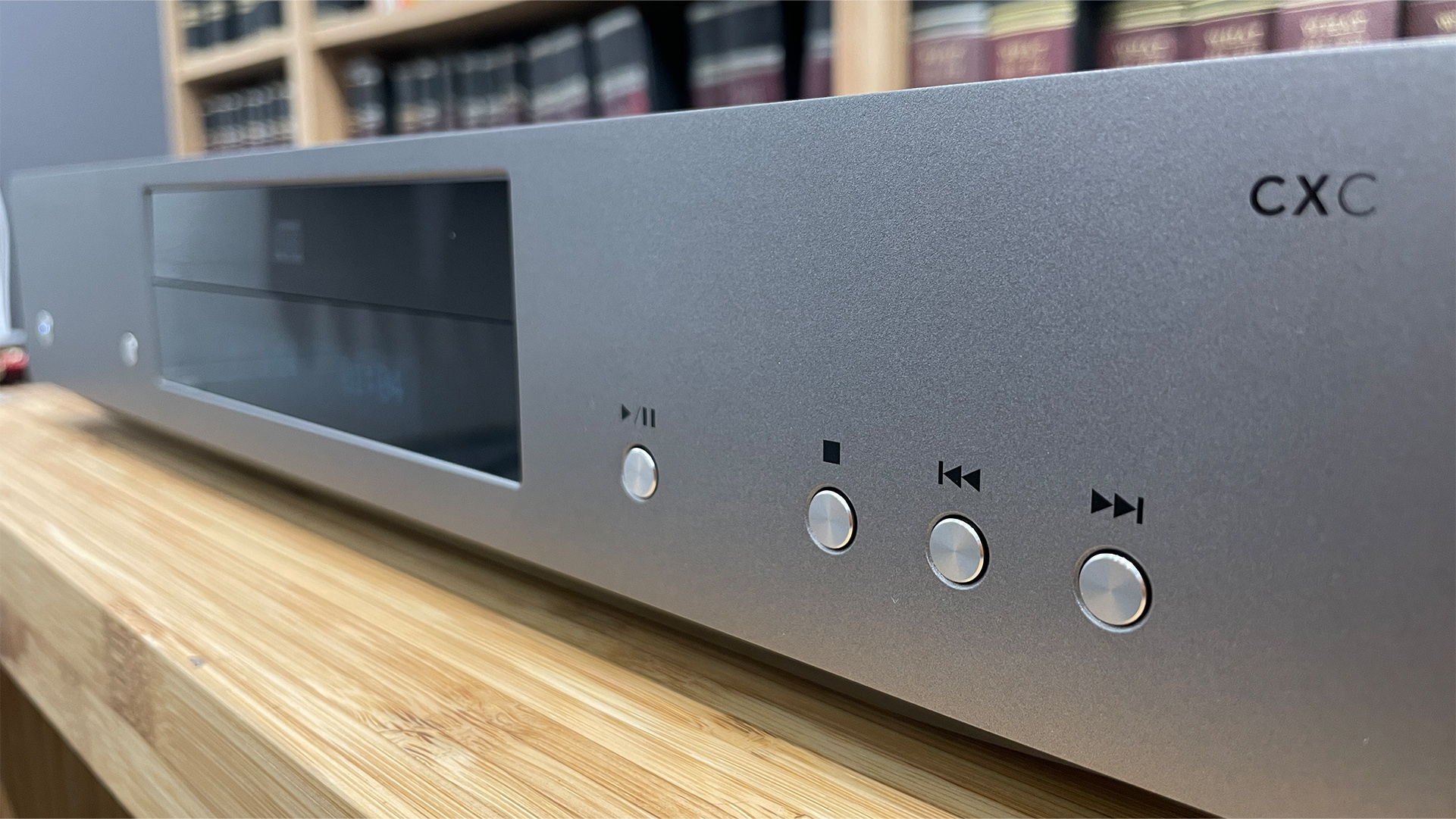
When the Cambridge Audio CXC was originally launched in 2015, it came with a very sensible £300 price tag. We don’t need to tell you that the price of all hi-fi components has risen in the intervening years, but it’s a testament to the CXC’s quality and longevity that the brand is still finding it fit to keep the model in production, even nearly ten years on.
In 2024, the CXC’s price now sits at £499 – it’s not quite budget proposition anymore, but that rise is in line with the rest of the CX range’s price increases. Cambridge Audio does offer more affordable CD players now at £279 (AXC25) and £349 (AXC35), but this original CXC transport remains a mainstay of the current mid-price CX range. You can also find decent discounts on the CXC during the annual Black Friday sales.
Build & features
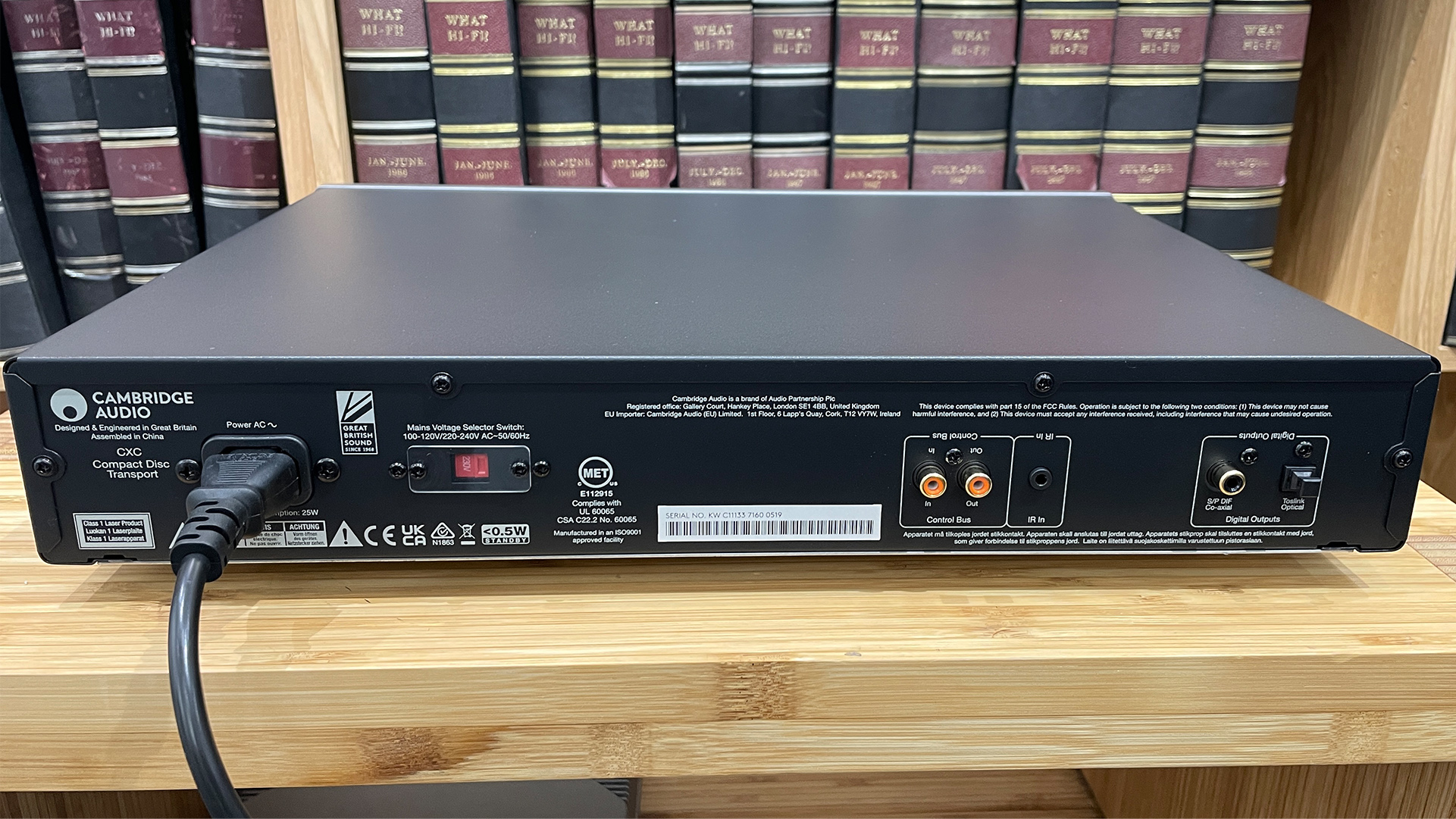
The CXC is a nicely made piece of equipment, with the machined metal chassis feeling every penny of its asking price. The lunar grey finish and minimal styling of the CXC are built to match the rest of Cambridge Audio’s impressive CX range, so you can stack the CXC with the CXA61 (or CXA81) stereo amplifiers or the CXN (V2) or CXN100 music streamers with it all looking uniform on your hi-fi rack.
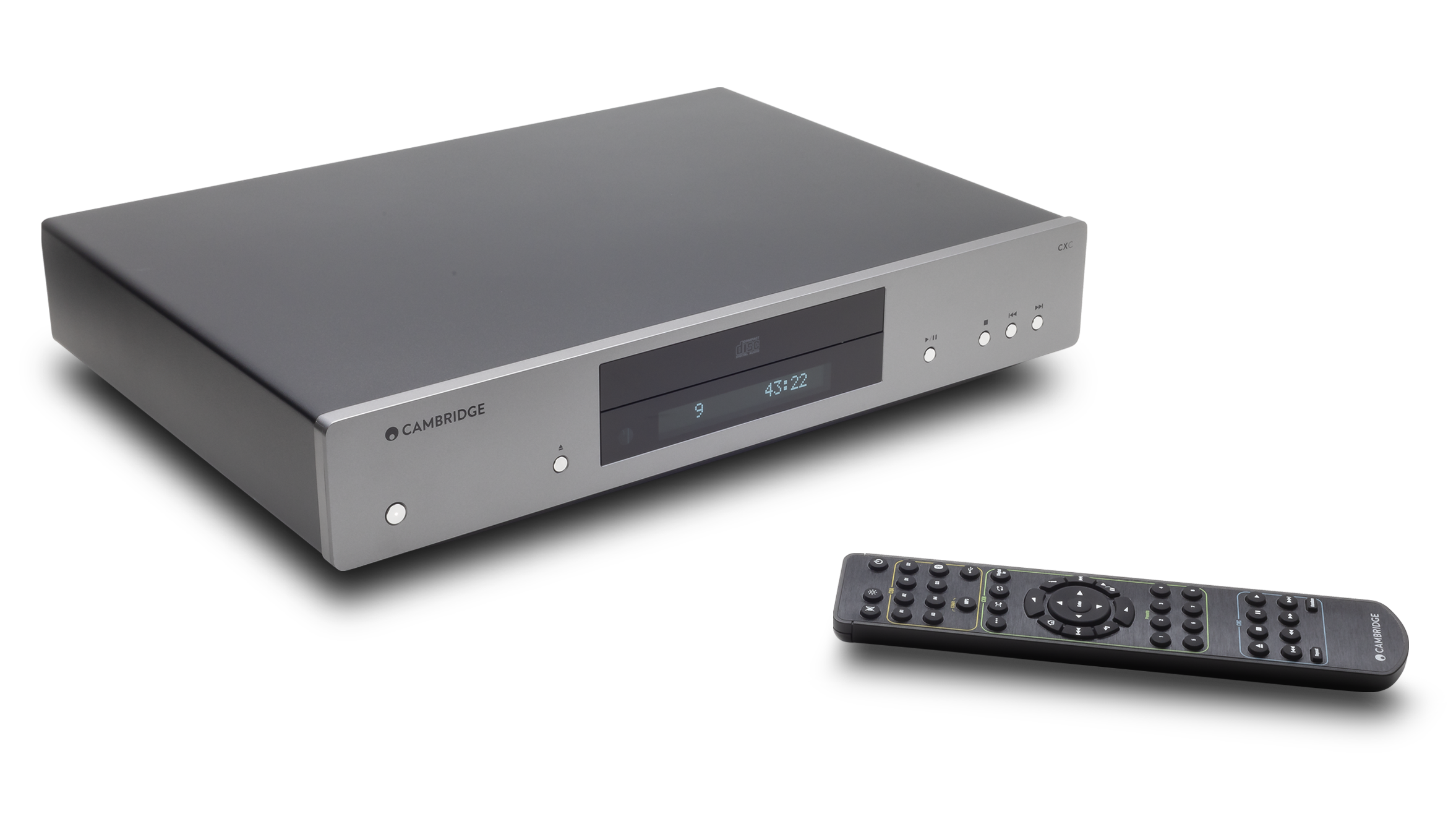
Type Transport
SACD? No
Outputs Optical, coaxial
Dimensions (hwd) 8.5 x 43 x 31.5cm
Weight 4.7kg
On the unit itself, you’ll find buttons for basic playback controls, all of which work responsively when pressed. The disc drive operates with barely a noisy whirr and the action is super smooth. The simple display screen is clear and easy enough to read from a distance. This is a minimal, fuss-free player.
As well as looking good, the CXC has decent components inside, including the single-speed transport and proprietary S3 Servo disc drive that it shares with Cambridge Audio’s higher-end Azur 851C (£1200) CD player. These components are designed to retrieve digital information from the disc with accuracy and deliver error-free signal playback to the connected DAC. The CXC also features gapless playback.
The rear of the unit is even more minimalist: there are two digital outputs – one coaxial and one optical – for connecting to an external amplifier or DAC. There are control bus connections to link the CXC with other members of the CX family, so you can control the entire system with the same remote.
Sound
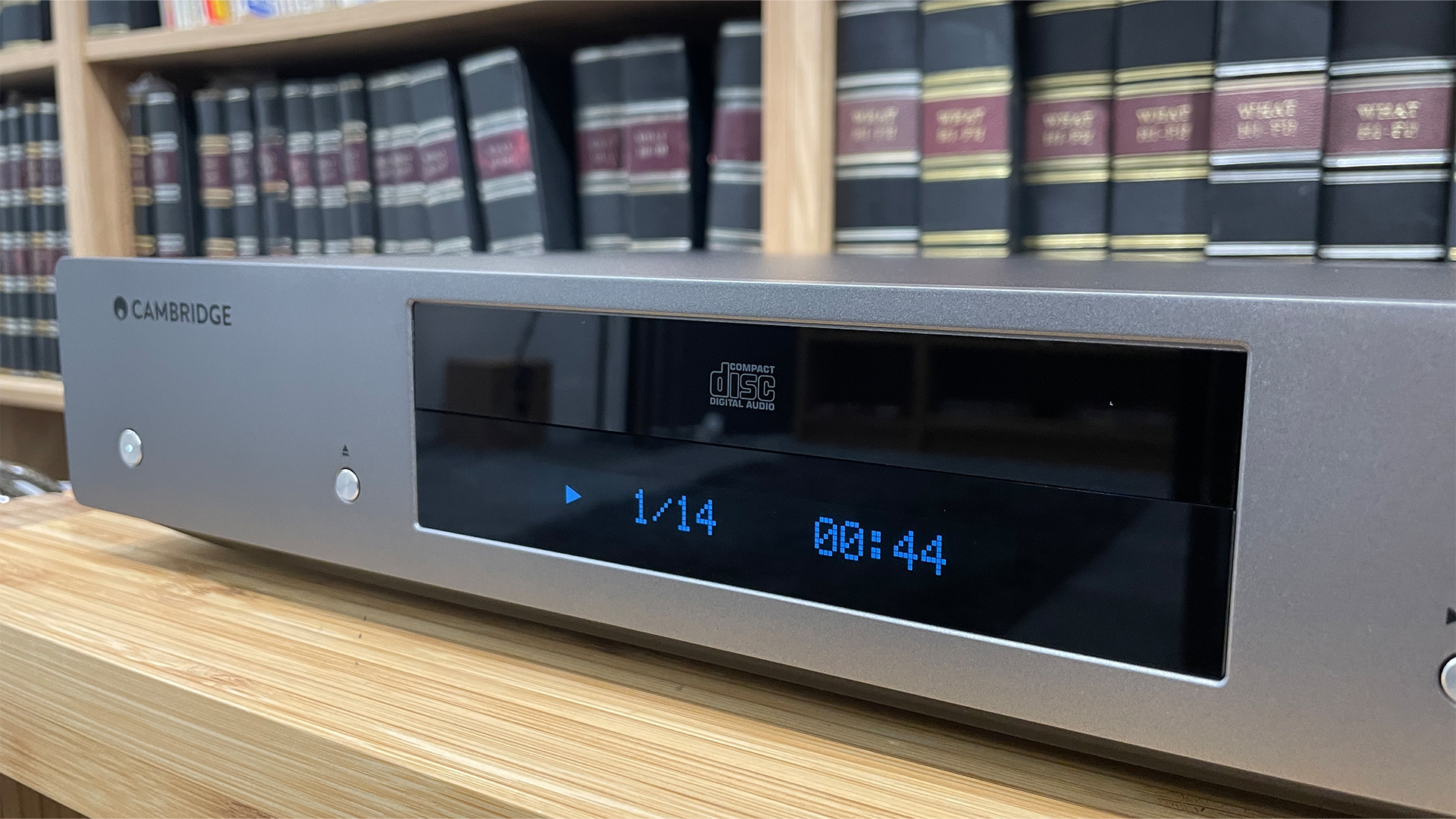
We ensure the CXC is run in for a couple of days before any serious listening. During our original review nine years ago, we tested the CD transport with an Arcam irDAC (£400) that proved to be a formidable pairing. Today, there are plenty of standalone DACs to choose from to use with the CXC transport, from the budget iFi Zen DAC V2 to the exceptional Chord Mojo 2, or Cambridge’s own DACMagic 200M. Of course, if you have a stereo amplifier with a DAC built-in (Cambridge Audio’s CXA61 and CXA81, for instance), then you can plug the CXC directly into its digital inputs.
This Cambridge CXC transport at its heart is restricted to doing one thing: reading CDs. It doesn’t read SACDs or MP3-burned CDs. Happily, it does that one thing very well. Cambridge Audio promises “sonic precision and stability”, and we’d add punch and agility in there as well.
We pair the CXC with the CXA61 amplifier and are met with a big, spacious sound with a decent amount of detail. There’s a good rhythm to songs – timing is snappy, melodies and dynamics flow well. It’s an enjoyable presentation from the get go.
Listening to a CD of The Dark Knight soundtrack, we are immediately impressed with the crisp, precise treble alongside a snappy, well-defined bassline that drives the music along. There’s a real musicality to the piece that can get lost on lesser players, with organic, fluid interplay between instruments. There’s decent muscle and power behind Jamiroquai’s When You Gonna Learn, although we’d like to hear a bit more grip and solidity to really get our teeth stuck into the song. His fluid vocals and sultry, funky rhythms glide through effortlessly with the CXC.
We hear that signature Cambridge Audio friendliness coupled with a wide soundstage that makes it easy to listen to. There’s enough clarity that we can track instruments and vocal quirks in the mix, but we never feel the urge to overanalyse any part of a recording.
Naturally, the Cambridge pairing works a treat together. We hear a wide soundstage, enough articulation to track instruments and vocal quirks in the mix – it’s a friendly presentation that doesn’t force you to overanalyse any part of a recording. You could opt for a more high-performing outboard DAC, but this will add to the cost.
Our contemporary comparison is with the Arcam CD5 CD player (£699, and a current What Hi-Fi? winner) which has a DAC already built in. Plugged into the CXA61's analogue inputs, the Arcam player is just a bit subtler with the way it reveals insight and detail, and is better at communicating dynamic contrast. The way in which songs move from loud to quiet to loud again – these shifts are more apparent and feel more authentic through the rock-solid performance of the Arcam. At this point, it is important to note that if your system already has a DAC built-in, then choosing the Cambridge transport saves you £200.
Verdict
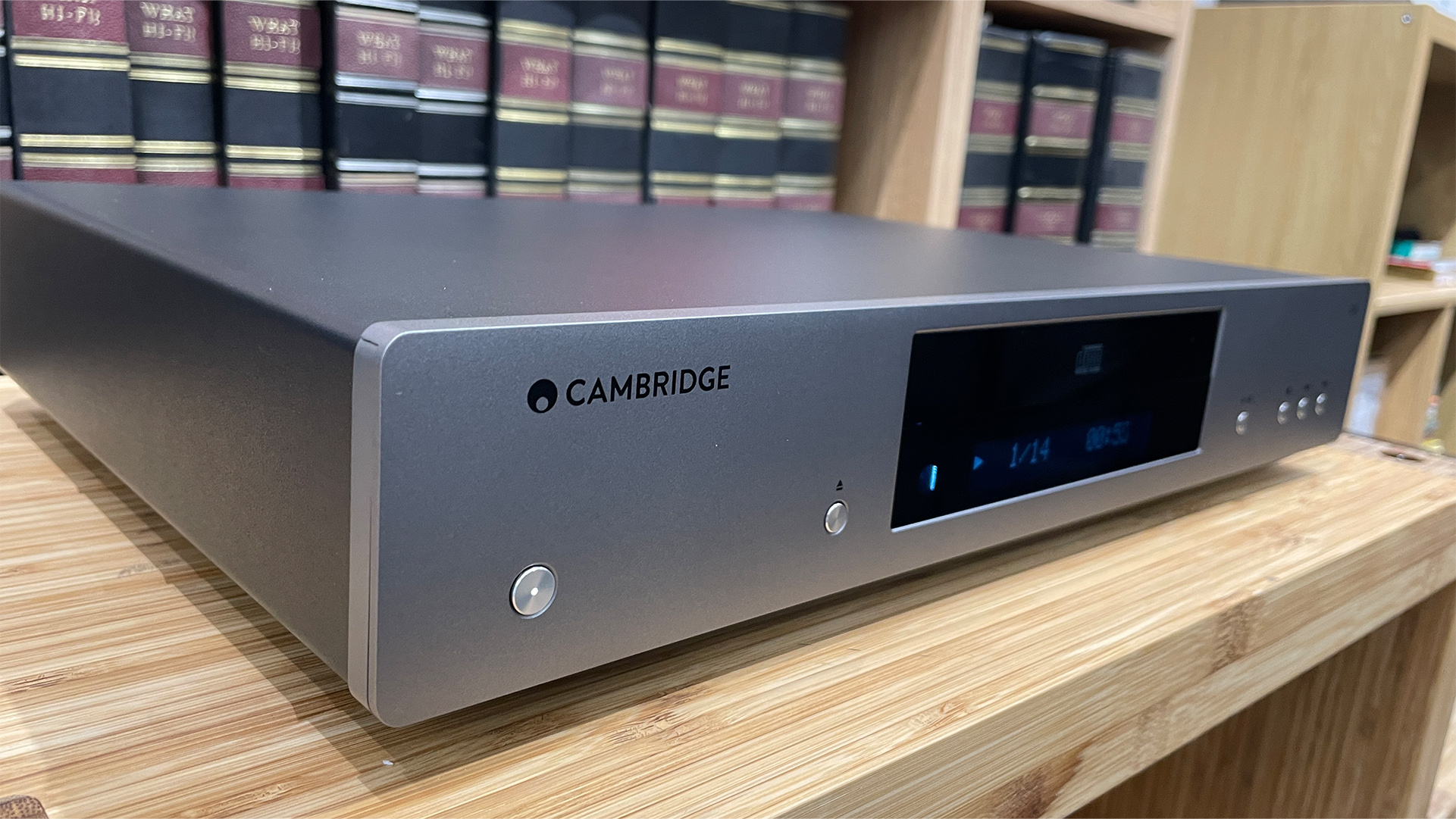
It doesn’t feel like the Cambridge Audio CXC is approaching its tenth year. The sleek design, solid build and enjoyable sound quality keep it just as relevant and praiseworthy as it was nearly a decade ago when we first listened to it. And with built-in DACs now fairly ubiquitous in modern hi-fi products, it makes more sense as an add-on transport.
If you already have a good standalone DAC or are happy with the one in your system, then the rather elegant CXC remains recommendable.
SCORES
- Sound 5
- Build 5
- Features 4
MORE:
Read our Arcam CD5 review
Also consider the Cambridge Audio AXC35
What Hi-Fi?, founded in 1976, is the world's leading independent guide to buying and owning hi-fi and home entertainment products. Our comprehensive tests help you buy the very best for your money, with our advice sections giving you step-by-step information on how to get even more from your music and movies. Everything is tested by our dedicated team of in-house reviewers in our custom-built test rooms in London, Reading and Bath. Our coveted five-star rating and Awards are recognised all over the world as the ultimate seal of approval, so you can buy with absolute confidence.
